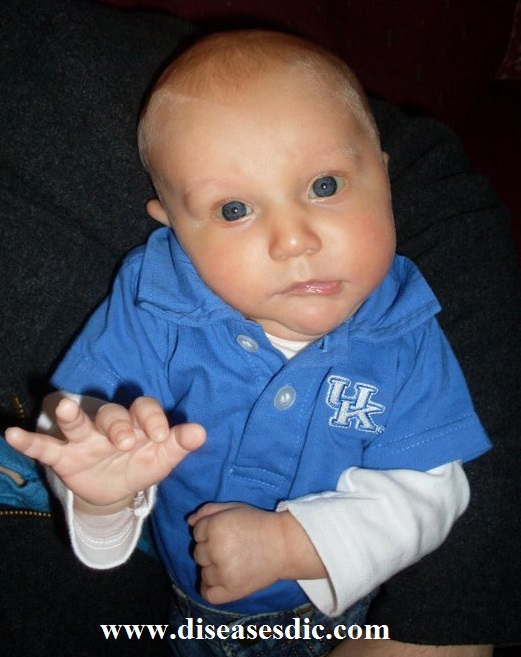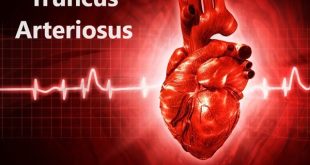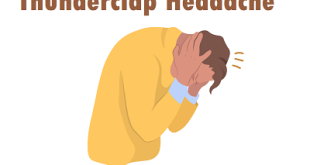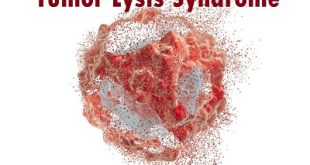Definition
Torticollis is when a muscle of the neck, called the sternocleidomastoid, is shorter on one side of the neck than the other. The tight muscle causes the head to tilt toward the side of the neck with the shortened muscle and the head to be turned away from that side. The full name for torticollis is congenital muscular torticollis.

Babies can also develop the condition after birth. Then it’s called “acquired,” rather than congenital. Acquired torticollis may be linked to other, more serious medical issues.
Types
Temporary torticollis: This is a type of torticollis which usually disappears after 1 or 2 days. It can be due to:
- An injury to your head and neck that causes swelling
- A cold
- An ear infection
- Swollen lymph nodes
Fixed torticollis: This type of torticollis is also called permanent torticollis or acute torticollis. This is usually a problem with the bone or muscular structure.
Muscular torticollis: This type of torticollis is the most common type of fixed torticollis. It is resulting from tight muscles or scarring on one side of the neck.
Klippel – Feil syndrome: It is a rare congenital form of torticollis. It is happening when the bones in the baby’s neck form incorrectly which is notably due to 2 neck vertebrae being fused together. Those children who are born with this condition can have difficulties with vision and hearing.
Cervical dystonia: It is a rare disorder and sometimes it is referred to as spasmodic torticollis. This condition causes the neck muscles to contract in spasms. When you have cervical dystonia, then your head twist or turn painfully to one side. Also it can tilt forward or backward. There are some cases when cervical dystonia goes away without treatment but there is a risk of recurrence. The cervical dystonia can happen to any single person. But it is most commonly diagnosed in people who are between ages 40 – 60. Also it is affecting more women than men.
Risk factors
- Female
- New-born and children under age 10
- Family member with torticollis or similar disorders
- Twin / Multiple pregnancies
Causes
Tightness in Sternocleidomastoid Muscle
Congenital torticollis usually develops when the muscle connecting the breastbone and collarbone to the skull (sternocleidomastoid muscle) becomes tight. This tightness may be due to abnormal positioning in the womb (head tilted in one direction) or the muscle could have been damaged during childbirth. The condition is termed “congenital muscular torticollis.”
Abnormalities in Cervical Vertebrae
Less commonly abnormalities in the formation of the cervical vertebrae may be the cause of congenital torticollis, a condition known as “klippel-Feil syndrome.” In such a case, the neck bones may be stuck together, abnormally formed, or a combination of both.
Inherited Disease
Congenital torticollis in rare cases may occur as a result of serious medical conditions that cause damages to the nervous system or muscles such as brain and spinal cord tumor. The condition is also hereditary.
Symptoms
There are a number of symptoms that can help to identify torticollis although you may not experience every one of these indicators:
Tilted head – Since muscles are only contracting abnormally on one side of the neck, a tilted head position is the primary symptom of torticollis. The tense muscles will also cause pain and tenderness.

Range of motion – You may lose some range of motion, especially with acute torticollis. The head tends to run away from the side where the pain is occurring.
Eye symptoms – Oculogyric crisis, deviation of the eyes, may occur resulting in the patient looking upward involuntarily.
Tongue symptoms – Buccolingual crisis, protrusion of the tongue, may also result, meaning that the patient will involuntarily stick his or her tongue out.
Muscle spasms – This symptom is particular to spasmodic torticollis, and it refers to both jerky as well as sustained spasms in the neck muscles.
Shoulder pain – The nerves and muscles of the neck and shoulder are interconnected, so shoulder pain may accompany the neck pain.
Back pain – Back pain is likely to accompany neck pain if spinal issues such as an upper cervical misalignment are in play.
Headaches – Headaches are another symptom of upper cervical misalignments, so it makes sense that this symptom goes along with torticollis.
Infant symptoms – In the case of BPTI, symptoms may include irritability, vomiting, and drowsiness.
Complications
- Intermittent head tilt
- Persistent craniofacial asymmetry
- Scoliosis
- Occlusal abnormalities
Diagnosis and test
- Orthopaedic assessment
- Ultrasound scan may be used to investigate / measure the tumor / lump in neck
- X-ray of spine to check for bone disorder
Treatment
Treatment for torticollis aims to relax the contracted neck muscles involved. Treatments include:
- Neck collar
- Physical devices
- Botulinum toxin
- Physical therapy
- Stretching exercises
- Surgery
- Medication

Neck collar
In most people, torticollis resolves in several days to a few weeks. A few people will develop continuing neck problems for months to years. Persistent neck muscle spasms may require referral to a neurologist or surgeon.
Surgery
- Surgery is reserved only for a few selective cases. In this treatment, some of the upper neck nerves and/or muscles are selectively severed to prevent muscle contraction.
- Surgical treatment often helps, but frequently the neck will return to its twisting position after several months.
- Rarely, deep brain stimulation is done by inserting a wire into the brain where movement is controlled and then sending electrical signals to disrupt brain signals causing torticollis.
Medications
- If you have spasmodic torticollis caused by trauma or by medications, the doctor may prescribe muscle relaxants and anti-inflammatory drugs. These usually relieve symptoms completely within a few days.
- Common medications to treat acute, spasmodic torticollis include benztropine (Cogentin) or diphenhydramine (Benadryl).
- Medical professionals usually administer these medications into the muscle or through the vein. The doctor may add muscle relaxants or benzodiazepines such as Ativan or Valium. The medications are continued in their oral form for 48-72 hours to avoid recurrent symptoms. Ice packs and massage therapy may also be used for relief.
- For chronic neck muscle spasms, a neurologist may give a local injection of botulinum A toxin (Botox). This toxin comes from Clostridium botulinum bacteria.
- It acts locally to prevent muscle contraction in the muscles where it is injected. The toxin often can stop torticollis from long-term progression and may lead to complete recovery.
Prevention
Although Torticollis is not always preventable, early detection significantly improves outcomes. Often it is preventable just by knowing to look out for a head turning preference before it becomes too much of a habit. Mindfully positioning your child to look in both directions during sleep and awake time will help as well.
Ways to Avoid Head Flattening
The best way of preventing head flattening is re-positioning.
- Never allow your children to sleep only to one side.
- Try not to let children nap in their car seats after you return home.
- Limit the amount of time your children are on their backs when awake such as in reclined swings or bouncy seats.
Easy ways to re-position your children
- Alternating which end of the crib you lay them in
- Alternating their position on the changing table
- Switching which arm you carry them in.
 Diseases Treatments Dictionary This is complete solution to read all diseases treatments Which covers Prevention, Causes, Symptoms, Medical Terms, Drugs, Prescription, Natural Remedies with cures and Treatments. Most of the common diseases were listed in names, split with categories.
Diseases Treatments Dictionary This is complete solution to read all diseases treatments Which covers Prevention, Causes, Symptoms, Medical Terms, Drugs, Prescription, Natural Remedies with cures and Treatments. Most of the common diseases were listed in names, split with categories.







